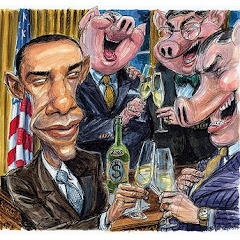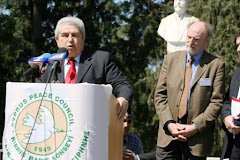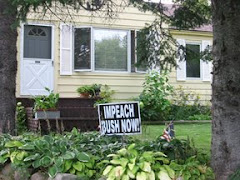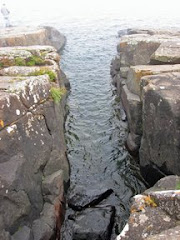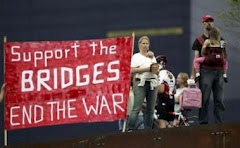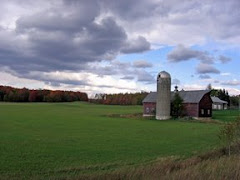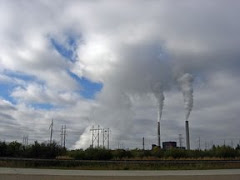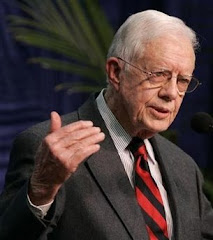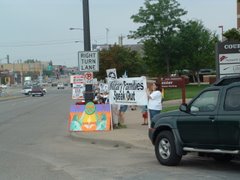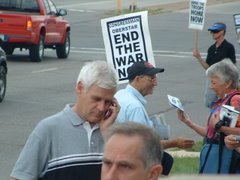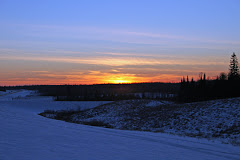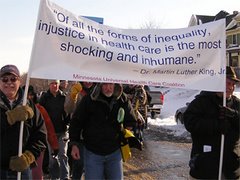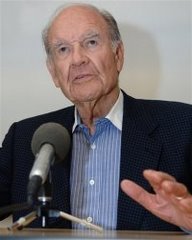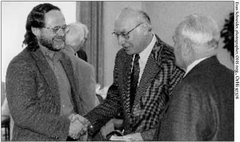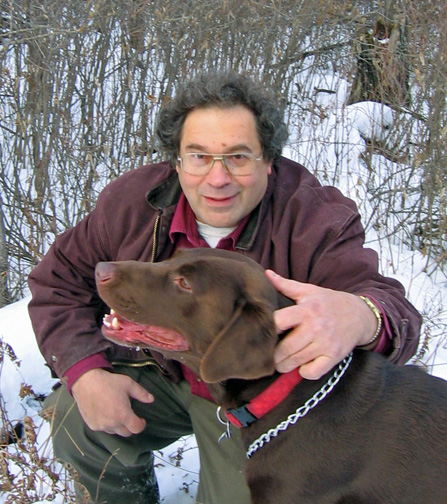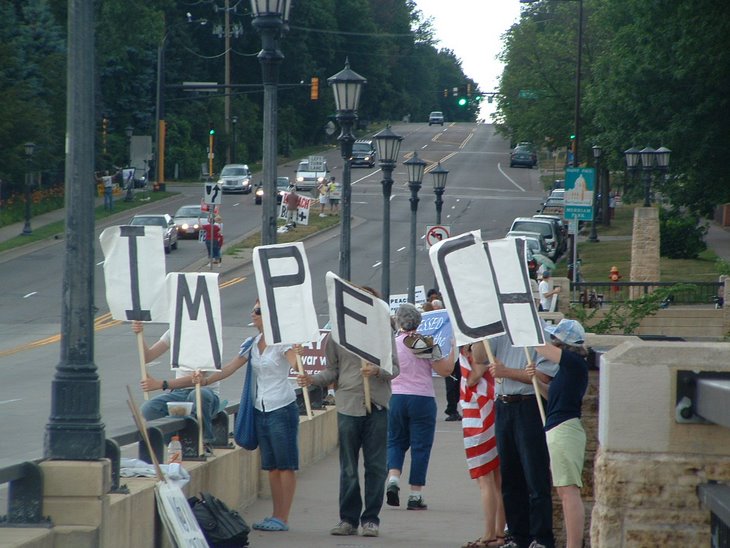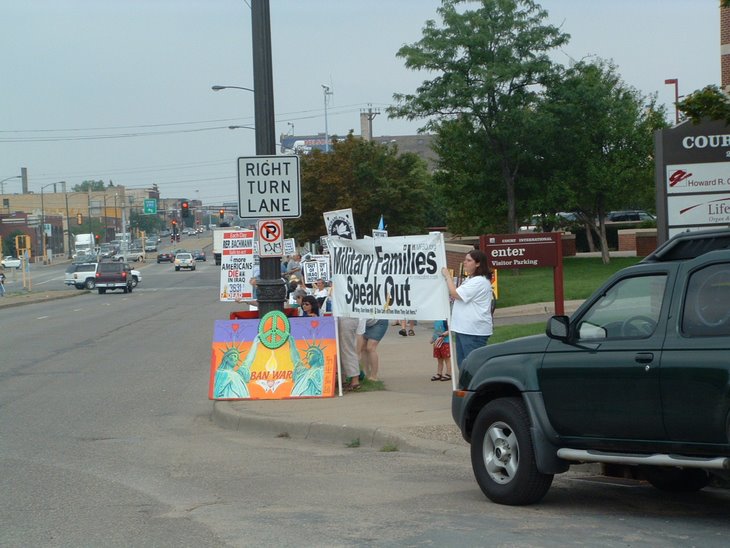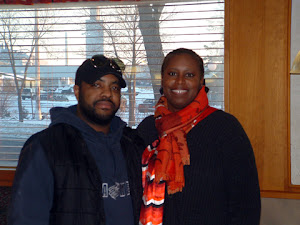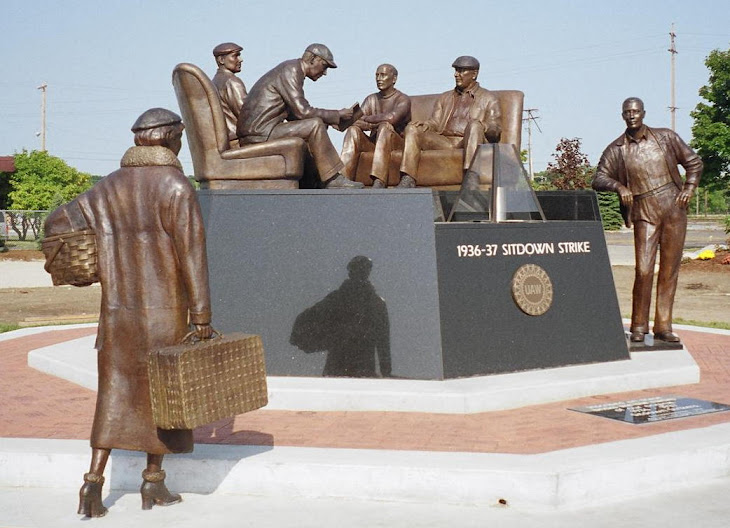Please consider sharing this blog post.
IT IS 3 MINUTES TO MIDNIGHT
 CLIMATE CHANGE AND NUCLEAR TENSIONS PUSH DOOMSDAY CLOCK HANDS FORWARD
CLIMATE CHANGE AND NUCLEAR TENSIONS PUSH DOOMSDAY CLOCK HANDS FORWARD“Extraordinary and Undeniable” Climate, Weapons Threats Cited for Movement;
Doomsday Clock Adjustment is 1st in 3 Years and is Accompanied by Urgent Call for Action.
WASHINGTON, D.C. – January 22, 2015 – Warning that “the probability of global catastrophe is very high” unless quick action is taken, the Bulletin of Atomic Scientists Science and Security Board today cited unchecked climate change and global nuclear weapons modernization as the basis for their decision to move the minute hand of the historic Doomsday Clock forward two minutes. The shift of the Doomsday Clock hands to three minutes to midnight is the first such adjustment to be made in three years. The Board also outlined action steps that will need to be taken “very soon” in order to avert catastrophe.
The full statement from the Bulletin of Atomic Scientists Science and Security Board -- in consultation with its Board of Sponsors that includes 17 Nobel Prize laureates -- is available online at http://thebulletin.org.
The opening paragraph of the statement from the Board reads as follows: “In 2015, unchecked climate change, global nuclear weapons modernizations, and outsized nuclear weapons arsenals pose extraordinary and undeniable threats to the continued existence of humanity, and world leaders have failed to act with the speed or on the scale required to protect citizens from potential catastrophe. These failures of political leadership endanger every person on Earth.”
The final paragraph of the statement from the Board warns: “In 2015, with the Clock hand moved forward to three minutes to midnight, the board feels compelled to add, with a sense of great urgency: ‘The probability of global catastrophe is very high, and the actions needed to reduce the risks of disaster must be taken very soon.’”
The last time the Doomsday Clock minute hand moved was in January 2012, when the Clock’s minute hand was pushed ahead one minute from six to five minutes before midnight. Since its creation in 1947, the Doomsday Clock has been adjusted only 18 times, ranging from two minutes before midnight in 1953 to 17 minutes before midnight in 1991. The last time the Doomsday Clock was at three minutes to midnight was 1983, when “U.S.-Soviet relations were at their iciest,” according to the Bulletin.
In unveiling the change to the Doomsday Clock, Kennette Benedict, executive director of the Bulletin of the Atomic Scientists, said: “Today, unchecked climate change and a nuclear arms race resulting from modernization of huge arsenals pose extraordinary and undeniable threats to the continued existence of humanity. And world leaders have failed to act with the speed or on the scale required to protect citizens from potential catastrophe. These failures of leadership endanger every person on Earth. Based on their observations, the members of the Bulletin of the Atomic Scientists Science and Security Board find conditions in the world to be so threatening that they are moving the hands of the Doomsday Clock two minutes closer to midnight. It is now 3 minutes to midnight.”
Sivan Kartha, a member of the Science and Security Board, Bulletin of the Atomic Scientists, and senior scientist, Stockholm Environment Institute, said: “Steps seen as bold in light of today’s extremely daunting political opposition to climate action do not even match the expectations of five years ago, to say nothing of the scientific necessity. The results are unsurprising. Global greenhouse gas emission rates are now 50% higher than they were in 1990. Emission rates have risen since 2000 by more than in the previous three decades combined. Investments have continued to pour into fossil fuel infrastructure at a rate that exceeds $1 trillion per year, with additional hundreds of billions of dollars in continued fossil fuel subsidies. We can and must turn this around.”
Sharon Squassoni, a member of the Science and Security Board, Bulletin of Atomic Scientists, and director and senior fellow at the Proliferation Prevention Program, Center for Strategic and International Studies, said: “Since the end of the Cold War, there has been cautious optimism about the ability of nuclear weapon states to keep the nuclear arms race in check and to walk back slowly from the precipice of nuclear destruction. That optimism has essentially evaporated in the face of two trends: sweeping nuclear weapons modernization programs and a disarmament machinery that has ground to a halt. Although the United States and Russia no longer have the tens of thousands of nuclear weapons they had during the Cold War, the pace of reduction has slowed dramatically in recent years, well before the crisis in Crimea. From 2009 to 2013, the Obama administration cut only 309 warheads from the stockpile.”
Richard Somerville, a member of the Science and Security Board, Bulletin of the Atomic Scientists, and a distinguished professor emeritus and research professor at Scripps Institution of Oceanography, University of California San Diego, said: “Efforts at reducing global emissions of heat-trapping gases have so far been entirely insufficient to prevent unacceptable climate disruption. Unless much greater emissions reductions occur very soon, the countries of the world will have emitted enough carbon dioxide and other greenhouse gases by the end of this century to profoundly transform the Earth's climate. The resulting climate change will harm millions of people and will threaten many key ecological systems on which civilization relies … We call upon world leaders to take coordinated and rapid action to drastically reduce global emissions of heat-trapping gases, especially carbon dioxide. We also urge the citizens of the world to demand action from their leaders. This threat looms over all of humanity. We all need to respond now, while there is still time.”
Progress on climate and nuclear weapons issues has been too limited in recent years, according to the Board statement. And there is concern about the impact that even a “limited” nuclear weapons exchange would have both in terms of large-scale deaths and a further worsening of the climate:
“Despite some modestly positive developments in the climate change arena in the past year, reflecting continued advancement of renewable energy technologies, current efforts are entirely insufficient to prevent a catastrophic warming of Earth. Absent a dramatic course correction, the countries of the world will have emitted enough carbon dioxide and other greenhouse gases by the end of this century to profoundly transform Earth's climate, harming millions upon millions of people and threatening many key ecological systems on which civilization relies.”
“At the same time, efforts to reduce world nuclear arsenals have stalled. The disarmament process has ground to a halt, with the United States and Russia embarking on massive programs to modernize their nuclear triads—thereby undermining existing nuclear weapons treaties—and other nuclear weapons holders joining in this expensive and extremely dangerous modernization craze.”
“The science is clear: Insufficient action to slash worldwide emissions of greenhouse gases can produce global climatic catastrophe. Even a so-called “limited” nuclear weapons exchange will produce massive casualties and severe effects on the global environment ... We implore the political leaders of the world to take coordinated, quick action to drastically reduce global emissions of heat-trapping gases, especially carbon dioxide, and shrink nuclear weapons arsenals.”
The statement from the Board includes the following recommended steps:
- Take actions that would cap greenhouse gas emissions at levels sufficient to keep average global temperature from rising more than 2 degrees Celsius above preindustrial levels.
- Dramatically reduce proposed spending on nuclear weapons modernization programs.
- Re-energize the disarmament process, with a focus on results.
- Deal now with the nuclear waste problem.
ABOUT THE BULLETIN OF THE ATOMIC SCIENTISTS
Founded in 1945 by University of Chicago scientists who had helped develop the first atomic weapons in the Manhattan Project, the Bulletin of the Atomic Scientists subsequently created the Doomsday Clock in 1947 using the imagery of apocalypse (midnight) and the contemporary idiom of nuclear explosion (countdown to zero), to convey threats to humanity and the planet. The decision to move the minute hand of the Doomsday Clock is made by the Bulletin's Board of Directors in consultation with its Board of Sponsors, which includes 17 Nobel Laureates. The Clock has become a universally recognized indicator of the world's vulnerability to catastrophe from nuclear weapons, climate change, and emerging technologies in the life sciences.
MEDIA CONTACTS: Patrick Mitchell, (703) 276-3266 or pmitchell@hastingsgroup.com; and Alex Frank, (703) 276-3264 or afrank@hastingsgroup.com.
EDITOR’S NOTE: A streaming audio replay of the Doomsday Clock news event will be available as of 3 p.m. EST/2000 GMT at http://thebulletin.org. High-resolution art of the newly reset Doomsday Clock and headshots of news event speakers are available upon request by contacting Patrick Mitchell, (703) 276-3266 or pmitchell@hastingsgroup.com and Alex Frank, (703) 276-3264 or afrank@hastingsgroup.com.
Note: I got this off the U.S. Labor Against the War website:
http://uslaboragainstwar.org/
U.S. Labor Against the War has taken up the struggle to "beat swords into plowshares" by initiating a discussion about how to transition the U.S. economy away from production for militarism and wars to a green peace economy in a way that protects and creates jobs while improving the standard-of-living for working class families... all workers and trade unionists are invited to participate in this discussion along with presenting ideas for activities and action. There are many excellent articles like the one above on the USLAW website that you can share for discussion with family, friends and fellow workers. Use this information in leaflets, to prepare for forums, debates and media interviews or as sources of information for writing letters to the editor or for union news letters and web sites as well as posting to your own blogs or to share with FaceBook and other social media friends.
What I find interesting is that these scientists continue to overlook the fact that militarization, including expansion and updating of the nuclear arsenals, is a major contributor to global warming in that all the industrial process and production leaves a huge carbon footprint.
The fact is, putting Wall Street's Military-Industrial Complex out of business could reduce global warming more than any other steps.
See the article I wrote below:
https://canadiandimension.com/articles/view/climate-change-and-the-military-industrial-complex1
Climate change and the military-industrial complex

The one important aspect of climate change the Left keeps missing is the fact that Wall Street’s very lucrative military-industrial complex leaves the largest carbon footprint of any industry.
So, why have the peace and environmental movements, along with most of the Left, failed to make this important connection?
I’m surprised neither Chomsky nor Canadian Dimension brought this important connection forward in this interview.
How much of what is produced from the Tar Sands will be consumed by the Military-Industrial Complex?
One aircraft carrier of the Nimitz class carries three million gallons of aircraft fuel. Fuel for just 80 aircraft. The U.S. typically deploys six of these aircraft carriers during manoeuvres, conflicts and wars. This alone is one heck of a carbon footprint and we still have to figure out what kind of carbon footprint is created manufacturing these aircraft carriers and planes.
And this example is just the tip of the melting iceberg.
Consider all the mining and manufacturing which goes into producing for militarism and wars – what kind of carbon footprint is created in preparation for wars, by wars and rebuilding in the aftermath of wars?
There is a point to be made about global warming and militarism and wars which leads me to conclude that the most effective way to fight global warming and climate change is to fight for peace by “beating swords into plowshares.”
For some reason all these foundation-funded peace organizations and environmental organizations don’t want to acknowledge that the Military-Industrial Complex bears primary responsibility for global warming and climate change. Perhaps because the “great philanthropists” funding the foundations profit so handsomely from militarism and wars?
If changing out light bulbs contributes to ending global warming and climate change, can you imagine the contribution peace would make towards this effort?
It seems our environmental and peace movements could use what the great labour leader and working class revolutionary, William Z. Foster, advised “a good strong dose of anti-imperialist education,” connecting all the dots.
Alan Maki is the Director of Organizing for the Midwest Casino Workers Organizing Council; also one of the founders of Minnesotans for Peace and Social Justice.






























